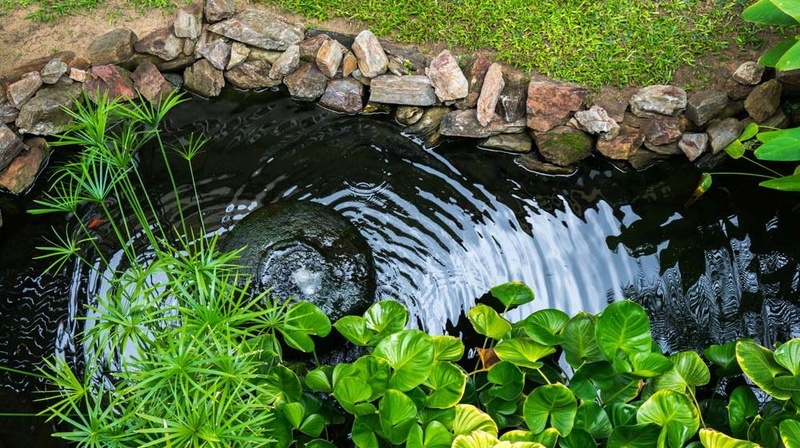
Florida Spring Pests, Part 2: Get a Handle on Them
Don’t be controlled by pest control. Employ general treatments to deal with a wide variety of spring pests or use specific methods for handling particular bugs. A little knowledge and a plan for how to protect your home might be all you need.
The first installment of this two-part blog, published in April, outlined six common spring pests that Florida homeowners are likely to encounter. That was a good starting point—after all, how can you control what you’re not looking for? This blog builds on that information by providing a few practical tips for keeping these pesky insects under control.
General Tactics
To begin, here are some simple control steps that apply to all pests. Whenever broad measures effectively deal with specific issues, we recommend starting there.
- Identify the problem. Depending on a number of variables, you may find the pest itself, or you might find evidence of its presence. Either way, observe and take notes. All you need are enough unique identifiers to narrow down a quick online search. Look for colors, patterns, sizes, and shapes that may aid in identification.
- Conduct a thorough spring cleaning. Take a slow walk around your property, clearing away trash piles, rotting organic material, and standing water as you go. This is one of the simplest and most effective prevention and control measures.
- Only take on what you can handle. Hauling away accumulated garbage or draining stagnant water are relatively simple tasks, but for jobs like a full assessment of existing termite damage, you may need professional help. Asking for assistance when you need it will ensure the job is done right the first time.
Insect-Specific Measures
Once you become aware of a particular pest causing a problem, it’s time to narrow the focus and employ specific interventions.
Mosquitoes
- Aerate ornamental ponds or stock them with fish to maintain low mosquito populations.
- Use fans to blow these weak fliers away.
- Use only chemical products advertised for controlling flying insects.
- Don’t bother with bug zappers, repellent bracelets, or eating particular foods—these touted control methods are ineffective.
Wasps & Bees
- Know the species. Some, like mud daubers, may be a nuisance but pose little risk for most people. If you can’t tell, calling a professional is the safest bet.
- Attempt to remove a nest only with appropriate tools and protective clothing.
Fire Ants
- Know that effective control means killing the queen (some colonies have more than one).
- Some pesticides or organic insecticides are effective but may take a while to kill the entire colony.
- For quick treatment, try pouring at least three gallons of scalding water slowly and carefully over the colony.
- Alternately, mounds can be dug up and the dirt and ants carried away in a bucket. Apply talcum or baby powder to bucket walls and your shovel handle to prevent ants from escaping.
Chinch Bugs
- Watch out for browning sections of St. Augustine grass. Early detection is critical.
- Dethatch the lawn and use fertilizer minimally.
- Treat quickly and thoroughly with the proper pesticide; be prepared to reapply.
Termites
- Unlike other pests, do-it-yourself treatments won’t cut it here. Call a professional as soon as you find evidence of termites to prevent further damage.
- Discourage future infestations by sealing cracks or holes in your home exterior, reducing moisture around the foundation, leaving a 6-inch clearance between the ground and exterior siding or stucco, and raking mulch away from outside walls.
Don’t Let Pests Control You
Pest control doesn’t have to be overwhelming or all-consuming. Some basic knowledge and a little intentionality around your home and lawn may be all you need to keep your property safe and clear from spring pests.